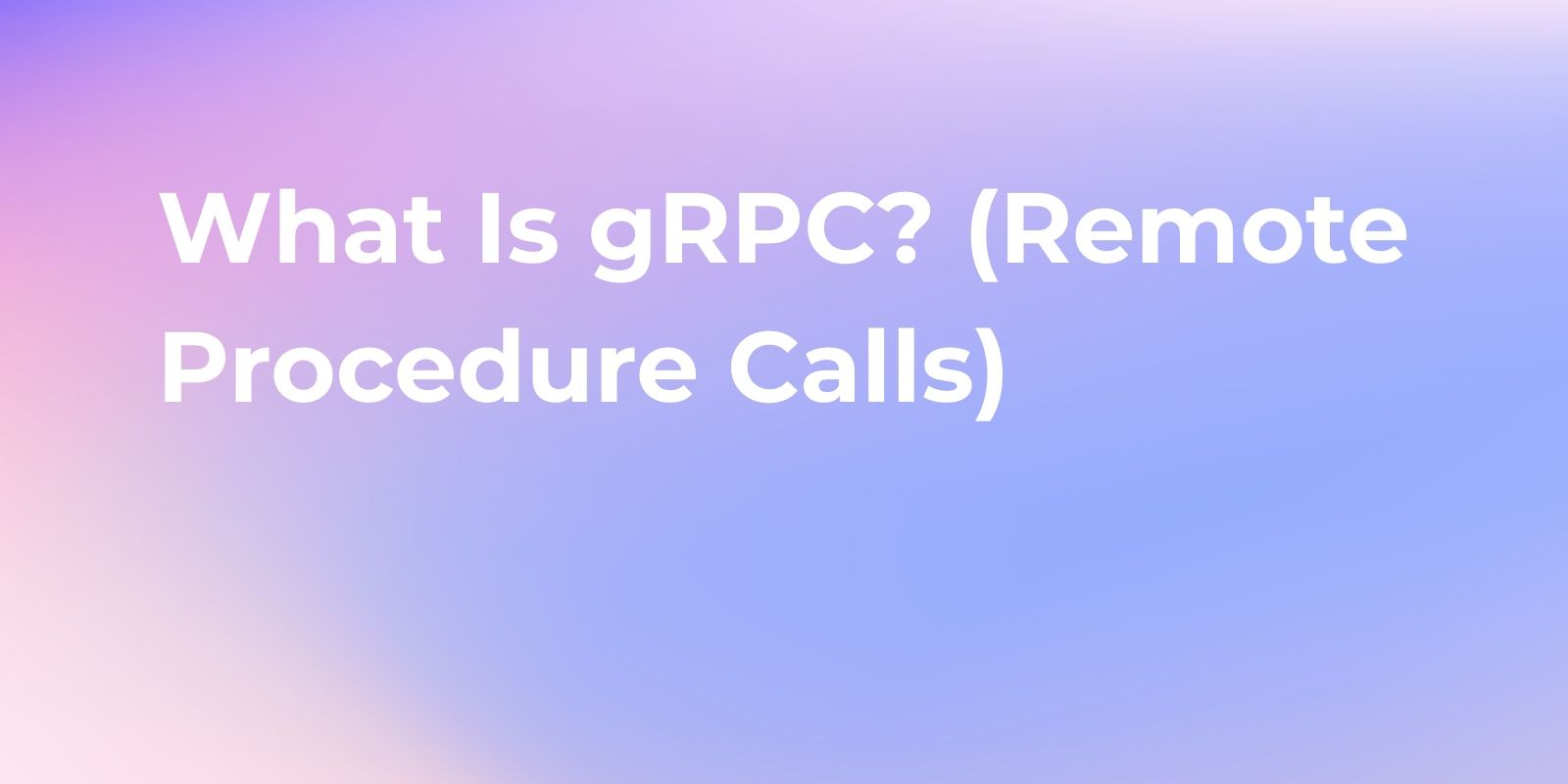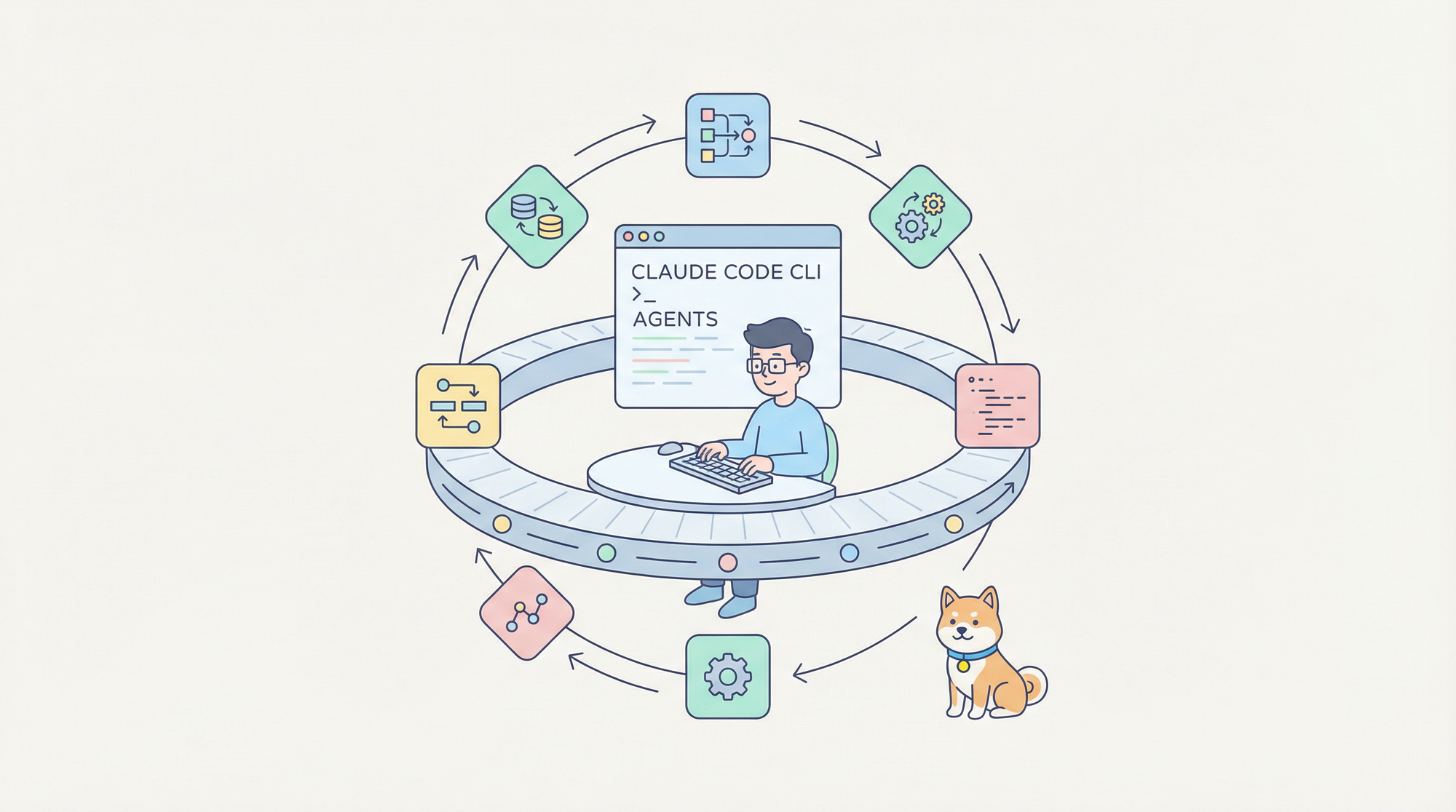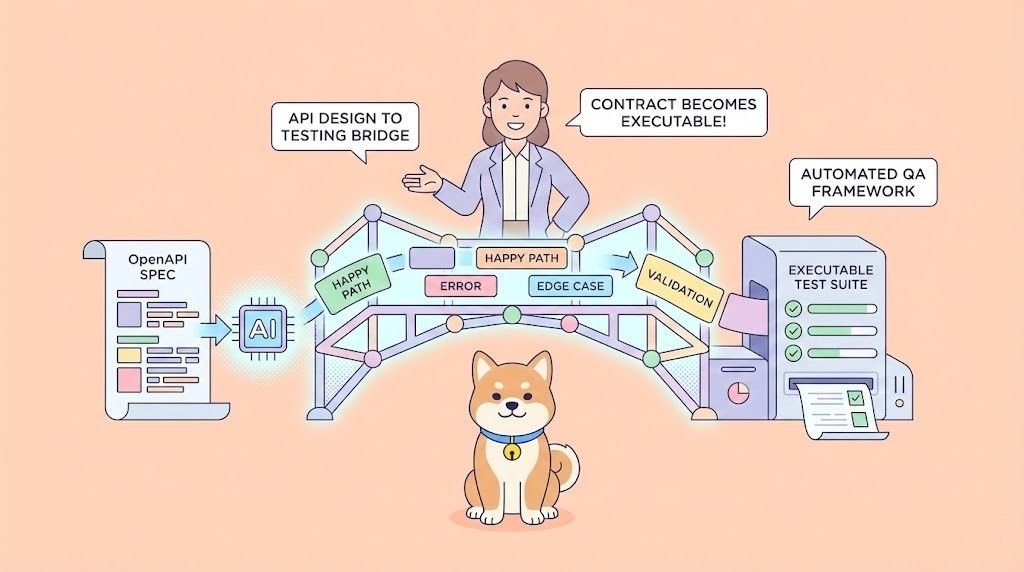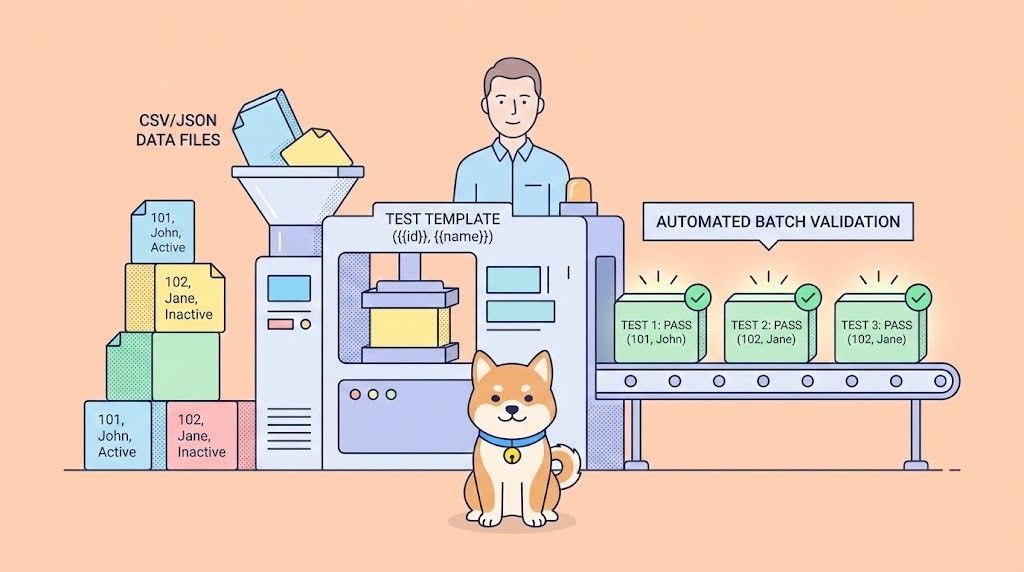In the world of modern web development and API design, two popular communication protocols have emerged: gRPC and REST. Both gRPC and REST are widely used for building distributed systems and facilitating communication between client and server applications. In this article, we will delve into the differences, and use cases of gRPC and REST, providing insights into when to choose one over the other.
What is gRPC
gRPC, which stands for "Google Remote Procedure Call," is an open-source RPC framework developed by Google. It enables seamless communication between client and server applications, allowing them to invoke methods and exchange structured data.

gRPC utilizes the Protocol Buffers (Protobuf) language-agnostic interface definition language to define the services and messages for communication. Therefore, the advantages of gRPC naturally include the advantages of HTTP2:
- Binary framing for data transmission.
- Multiplexing for efficient concurrent requests.
- The server pushes the capability to initiate communication from the server.
- header compression for reduced overhead.
When comparing gRPC with REST, it's worth noting that gRPC can be compared to the combination of HTTP and RESTful principles, since gRPC encompasses both the transport protocol and the message format. However, a comparison can still be made between the two.
What is REST
What is REST? REST (Representational State Transfer) is an architectural style designed to help create and organize distributed systems. It all started in 2000 with Fielding, who was dedicated to developing a unique standardized method for client-server communication.
REST uses the HTTP protocol for communication and is widely used in web applications. REST simply provides guidelines for how backend data is exposed to clients through JSON/XML message formats in a high-level architectural implementation.
APIs use REST guidelines to provide accessible web services. These RESTful APIs offer these web services within resources. Resources represent individual states on the server that can be accessed through a common interface and can be retrieved or manipulated using HTTP verbs: GET, POST, DELETE, and PUT.
The Similarities of gRPC VS REST
GRPC should be compared with HTTP + RESTful because gRPC encompasses both the transport protocol and the messaging specification. Now, let's compare gRPC and REST across various aspects: although gRPC and REST are not the same, as well as there are also some similarities between them, Let's move on.
- Client-Server Architecture: Both gRPC and REST follow a client-server architecture, where clients send requests to servers, and servers process those requests and send back responses.
- Network Communication: Both gRPC and REST rely on network communication protocols, such as HTTP/1.1 or HTTP/2, to facilitate data exchange between clients and servers.
- Platform and Language Independence: Both gRPC and REST can be implemented on various platforms and programming languages, allowing for interoperability between different systems.
The Differences of RPC VS REST
These are some of the key similarities and differences between gRPC and REST. If you want to know the differences, let's walk through it:
Interface Definition:
In gRPC, the service interface is defined using Protocol Buffer Definition Language (protobuf), which provides a strict contract between the client and server. REST, on the other hand, does not have a formal interface definition, and the contract is typically defined through documentation or other means.
Communication Flexibility: Protobuf and JSON
| Communication Flexibility | Protobuf | JSON |
|---|---|---|
| Format for sending and receiving responses | Binary format | Text format |
| Platform independence | Yes | Yes |
| Transmission speed | Faster due to serialization | Slower compared to Protobuf |
| Best practices and tutorials standard | No | Yes |
| Flexibility | No support for dynamic schema evolution | Supports dynamic schema evolution |
gRPC and REST use different formats for sending and receiving responses. REST uses JSON, which is a text-based format that is flexible, efficient, platform-neutral, and language-independent. gRPC, on the other hand, uses Protobuf, which is a binary format that offers faster message delivery due to serialization. Both formats are platform-independent, but JSON is more widely used in best practices and tutorials. Additionally, JSON supports dynamic schema evolution, while Protobuf does not.
gRPC and REST have different formats for sending and receiving responses.
REST uses JSON format to receive messages. While it is possible to receive messages in other formats such as XML or raw binary, JSON has become the de facto standard in best practices and tutorials due to its flexibility, efficiency, platform neutrality, and language independence.
gRPC uses Protobuf (Protocol Buffers) message format to send requests and receive responses in a binary format. Both JSON and Protobuf are platform-independent, meaning they can be developed and used without being tied to a specific platform.
When transmitting data between systems, JSON tends to be slower. On the other hand, Protobuf offers faster message delivery as the messages are serialized (encoded) into a binary format before being sent over the network. Serialization is the process of packaging the parameters and remote function into a binary message.
Code Generation:
gRPC utilizes code generation tools that automatically create client and server code stubs based on the service definition. This can simplify development and ensure consistency across different programming languages.
REST does not have a built-in code generation mechanism and often relies on libraries or frameworks for client and server implementation.
Performance and Efficiency: HTTP/1.1 VS HTTP/2
| Performance and Efficiency | HTTP/1.1 | HTTP/2 |
|---|---|---|
| Communication protocol | Used by REST | Used by gRPC |
| Request-response speed | Slower compared to HTTP/2 | Faster due to multiplexing |
| Multiplexing | Not supported | Supported |
| Server push | Not supported | Supported |
| Header compression | Not supported | Supported |
REST uses HTTP/1.1 for communication, sending requests, and receiving responses. gRPC, on the other hand, utilizes HTTP/2, which is even faster for interprocess communication.
HTTP/1.1 is slower compared to HTTP/2. HTTP/2 was designed to overcome the limitations of HTTP/1.1, making gRPC faster in terms of request response compared to REST.
REST lacks in terms of multiplexing. It loads resources one after another, where one resource has to wait for the previous resource to finish loading. gRPC, using HTTP/2, leverages TCP connections to send multiple data streams that are split into binary-coded messages and numbered, allowing the client to know which binary message belongs to which stream, ensuring no resources are blocked.
Thus, we see that HTTP/1.1 is inefficient for multiple requests.
Through server push and header compression, gRPC with HTTP/2 outperforms REST with HTTP/1.1 in terms of performance. Server push allows HTTP/2 to push content from the server to the client before it is requested, while HTTP/1.1 can only provide content upon request. header compression, which requires HTTP/2, allows unnecessary messages to be removed from the headers using the HPACK compression method.
Communication Patterns: Streaming vs Request/Response:
In REST, we can only perform actions like making requests and receiving responses. This is due to the HTTP/1.1 protocol used for communication, which is limited in various aspects.
On the other hand, as we know, gRPC uses HTTP/2 for communication. With TCP connections, HTTP/2 supports multiple data streams from the server and traditional request-response. With gRPC, we can perform:
- Client streaming: This involves the client sending a stream of data to the server. The server registers to receive data streams from the client and responds with a single message.
- Server streaming: The client sends a singular request to the server, and the server opens a streaming connection and sends data streams to the client over time. The client registers an event to listen for when the streams arrive.
- Bidirectional streaming: This is two-way. Both the server and client can send and receive data streams from each other.
What is gRPC Used for?
gRPC is a widely used framework for building efficient and scalable distributed systems. It is often used to develop APIs (Application Programming Interfaces) that facilitate communication between different components of a software system. With gRPC, developers can define service interfaces and use them to generate code for clients and servers in various programming languages.
What is REST Used for?
REST is widely used for building scalable, maintainable, and standards-based APIs that enable communication between different systems over the internet. REST is commonly used for building web services, developing APIs, integrating applications, building mobile apps, enabling Internet of Things (IoT) systems, and exposing cloud computing services.
gRPC in Apidog
Apidog is an API management tool that utilizes gRPC for seamless communication between clients and servers. It offers features for generating code in multiple programming languages, designing service interfaces using gRPC's interface definition language (IDL), creating mock servers for testing, managing test cases, and generating automatic API documentation. With Apidog and gRPC, developers can streamline their API development process, improve collaboration, and deliver high-quality APIs.
gRPC API Collaboration in Apidog
Apidog can render gRPC interface documents that are more suitable for human reading based on .proto files, making it easier to collaborate on interfaces within a team. You can click on the menu button on the right side of the interface to get the collaboration link and share it with other team members to align the debugging method of the interface.

To initiate a unary call, select the "SayHello" method and enter "grpcb.in:9000" in the API address. Then click on the "Generate Automatically" button to generate the request body and click on "Invoke" to view the response.

In Apidog, you can easily extract the API address to the "Environments" so that other team members or other interfaces in the project can initiate call requests.

Server Streaming
As the icon suggests, Server Streaming means sending multiple response data in one request. For example, subscribing to all the transaction price data of stocks within one minute.

Client Streaming
In this mode, the client can continuously send multiple request messages to the server without waiting for an immediate response from the server. After initiating the call, you can continuously fill in the request information in the Message and then click the "Send" button. After processing all requests, the server sends a single response message to the client.

Bidirectional Streaming
Bidirectional Streaming allows clients and servers to establish persistent bidirectional communication and can transmit multiple messages at the same time.

It is commonly used in online games and real-time video call software, and is suitable for real-time communication and large-scale data transmission scenarios. After initiating the call, the client and the server will maintain a session between them and receive real-time responses after sending different request contents.




